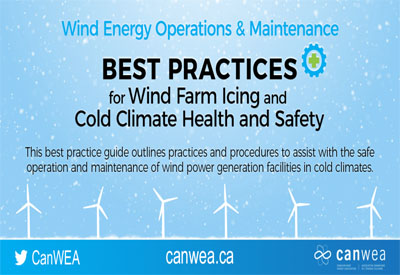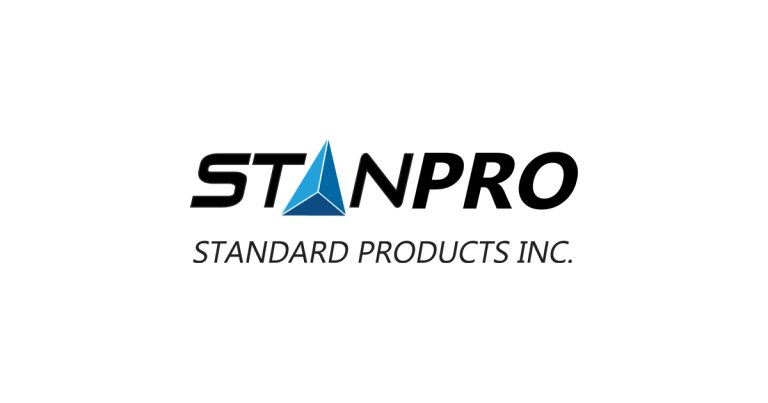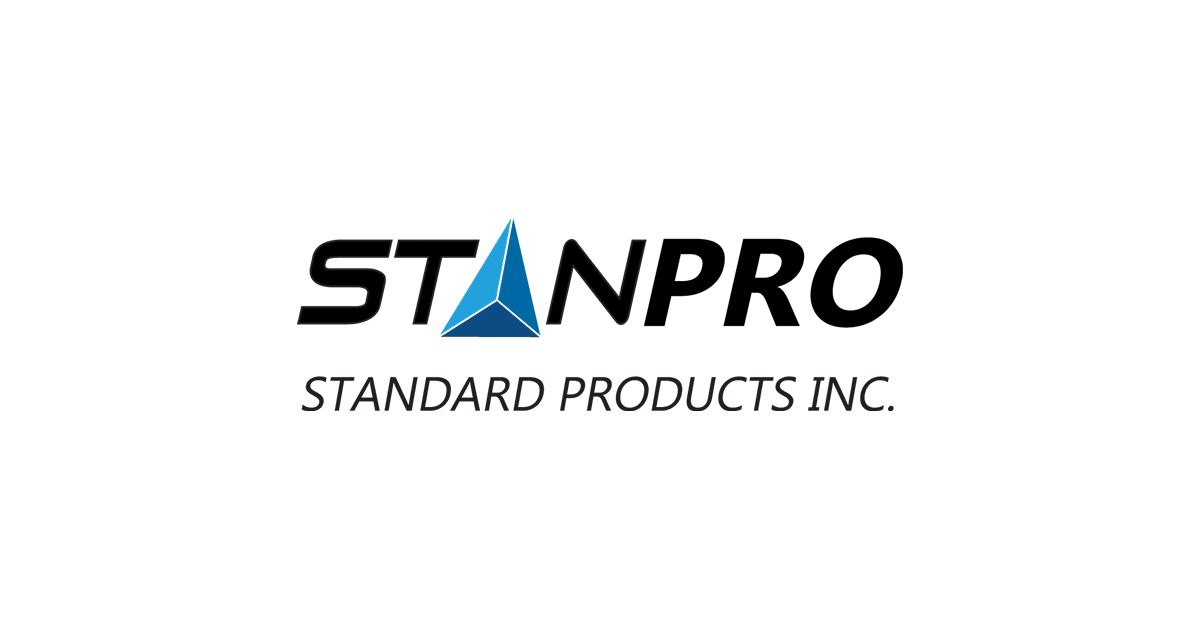CanWEA Delivers Wind Farm Icing and Cold Climate Safety Best Practices

December 14, 2017
The world has seen unprecedented growth in wind energy over the past few years. More than 80 countries can now boast about having their own wind energy industry (GWEC, 2016). From deserts to the tropics and from mountains to open plains, modern wind turbine designs have been making wind energy available in almost every region on the planet. This is true in Canada’s vast landscape as well with wind turbines installed in all ten provinces and two territories. While not uniquely Canadian, those of us in the great white north can lay claim to our share of ice, snow and low temperatures.
The document contains five main sections aimed at equipping wind turbine manufacturers, owners, operators, safety personnel and technicians with tools and concepts to consider as they maintain their fleet of machines. The main sections cover:
- General definitions regarding icing and cold climate,
- Physical conditions to be aware of,
- Hazard definitions,
- The main best practices section containing photos, concepts and procedures; and,
- A decision tree condensing the best practices into an easy to use table.
We know that Canada’s leadership in cold climate operations will also benefit the global wind industry. As wind turbines continue to become a part of the landscape in more remote frontiers the need to protect the safety of frontline operations staff will expand. CanWEA is privileged to be doing our part to advance the health and safety of our proudly Canadian work force.
Table 16 gives an example of a sequence of decisions and actions that can be taken by a technician to evaluate the presence of ice on a wind turbine. Tools like this are useful for both new employees and experienced workers. For those unfamiliar with wind turbine icing the decision aide provides some important things to consider before approaching the turbine. Even the seasoned wind tech may miss one or two of these key considerations and could benefit from a consistent reminder to ensure the appropriate hazards have been acknowledged.
While the Safety Best Practices were developed by Canadian operators, for Canadian operators, we see an opportunity to take international leadership in this area. With very few if any resources of this type available globally, CanWEA is excited to contribute to the advancement of wind farm safety around the world. We are hopeful that the efforts made here will help encourage health and safety advancements in all countries where cold climate considerations are present.
https://canwea.ca/blog/2017/12/07/icing-cold-climate-safety-best-practices-now-available/
















